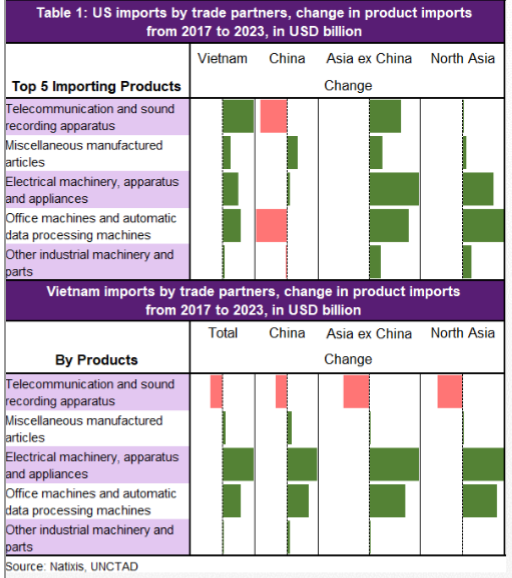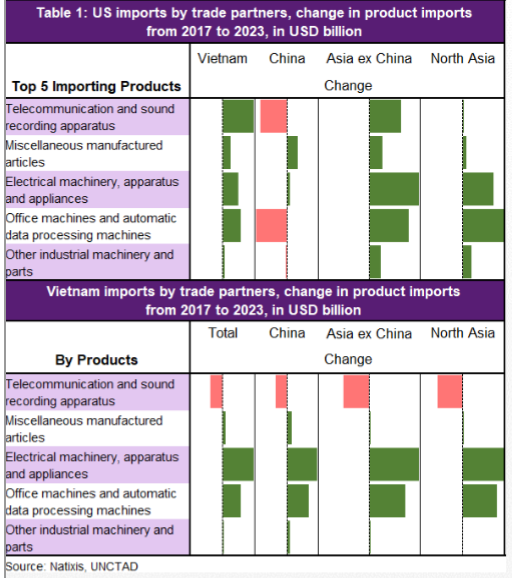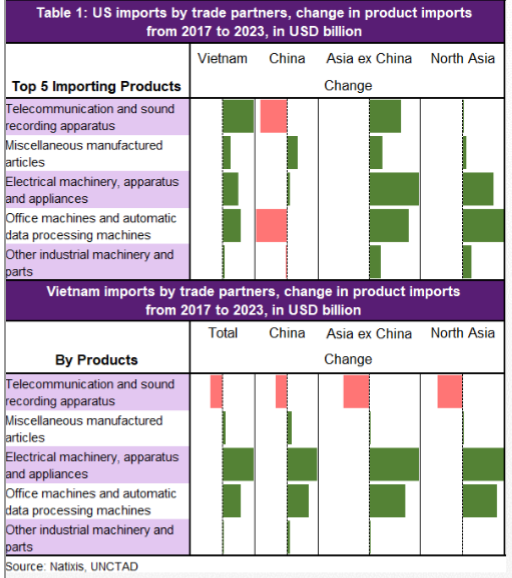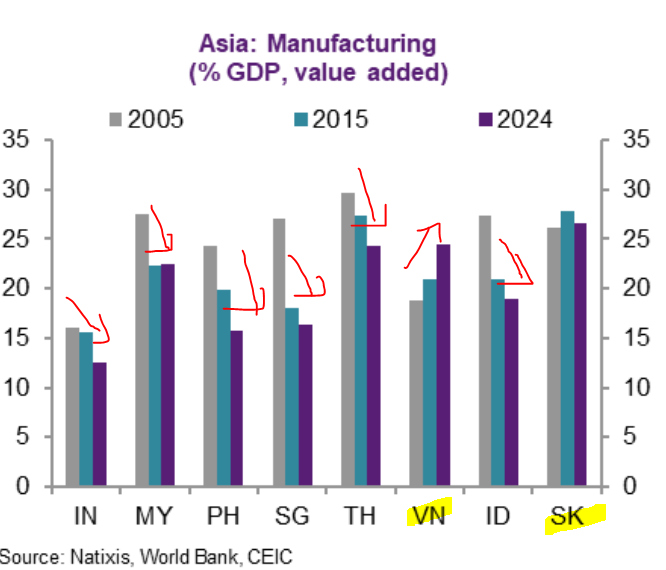China isn't the only one in Asia that is heavily dependent on coal for electricity (about 70%), India is too.
And guess what? Prices have risen. And so India too will need to make difficult choices as reserves run low.
And guess what? Prices have risen. And so India too will need to make difficult choices as reserves run low.
https://twitter.com/Trinhnomics/status/1442433367425781760

India coal stockpiles at power plants are the lowest in four years & so it has to choose whether to import expensive coal or have blackouts.
What is happening in China is not a China story but regional & global.
Winter is coming. 🥶🇮🇳🇨🇳
What is happening in China is not a China story but regional & global.
Winter is coming. 🥶🇮🇳🇨🇳

And as my Indian followers pointed out: India (and like much of Southeast Asia), winter is actually good for electricity demand, as in it would go down because cooler temperatures require less cooling & not much heating.
The same cannot be said for China.
The same cannot be said for China.

I'm pretty proud of the US regarding our sources of electricity. We got the most clean fossil fuel - natural gas, which is seen as a good complement to renewables as renewables cannot serve all the energy needs for now.
Coal < renewables in the US as a source of electricity.
Coal < renewables in the US as a source of electricity.

Yay for the US source of electricity. Pretty even mix of things & we are rather energy independent & use more renewables vs coal 🇺🇸.
Let's talk about what happened to renewables globally this year: climate change.
The very thing to fight it is susceptible to it. Let me explain.
Let's talk about what happened to renewables globally this year: climate change.
The very thing to fight it is susceptible to it. Let me explain.
I know Greta doesn't like the US but can I say we're pretty good if you compare us to emerging markets.
😇🇺🇸I'd say we're angels of electricity looking at the share of renewables.
Anyway, so u know hydro is key for renewables right (#1 source for China for example).
So?
😇🇺🇸I'd say we're angels of electricity looking at the share of renewables.
Anyway, so u know hydro is key for renewables right (#1 source for China for example).
So?

The issue is this: renewables (hydro, wind, solar) depend on the weather.
Hydro by definition requires water. And WATER is a resource that is getting pretty scarce or UNDEPENDABLE due to CLIMATE CHANGE.
Have you heard of droughts in the US & Brazil? 🇺🇸🇧🇷
Hydro by definition requires water. And WATER is a resource that is getting pretty scarce or UNDEPENDABLE due to CLIMATE CHANGE.
Have you heard of droughts in the US & Brazil? 🇺🇸🇧🇷

So as a result of climate change, leading to more volatile weather, which we must fight by doing more renewables, we actually got less energy from renewables.
As in, hydro got dried out by extreme droughts. Brazil gets tons of it from hydro but no good due to severe droughts.
As in, hydro got dried out by extreme droughts. Brazil gets tons of it from hydro but no good due to severe droughts.

Here is a summary of hydro in emerging markets and Europe. In China, hydro was up but varies by region. Sichuan got lower output.
India got lower hydro output. In Europe it is up but Turkey, which invested in more hydro, was impacted by droughts & output fell -30%
Volatile!
India got lower hydro output. In Europe it is up but Turkey, which invested in more hydro, was impacted by droughts & output fell -30%
Volatile!

Key charts on hydro down in key markets. Anyway, hydro is not the greenest of renewables (solar is better & less disruptive to the environment due to building of dams etc). 

• • •
Missing some Tweet in this thread? You can try to
force a refresh









